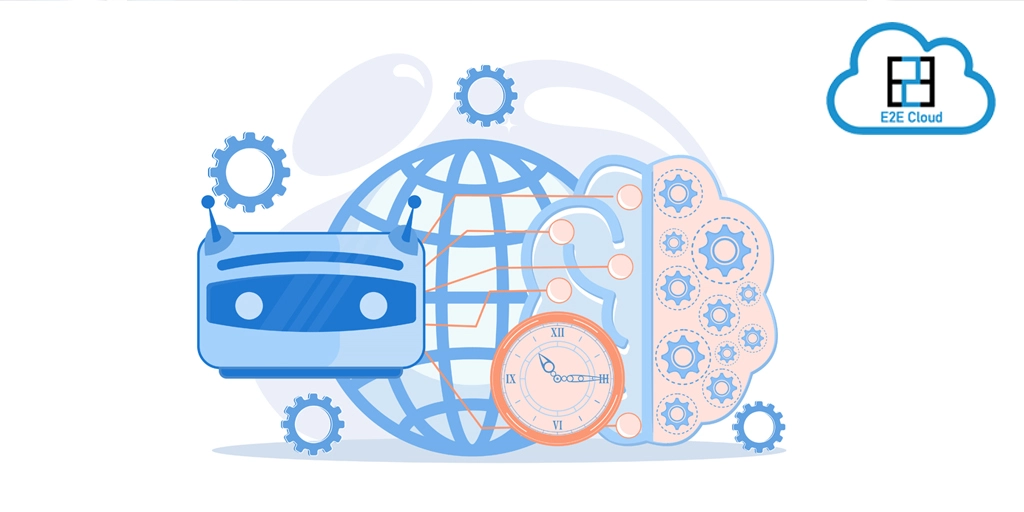The changing corporate environment and the global economy have necessitated significant modifications to allow flexibility and efficiency. Cloud computing has alleviated many of these infrastructural difficulties by allowing businesses to store and manage data over a network of distant servers located on the Internet rather than a local server or PC. While not every CEO is involved in their organization's technical demands, an increasing number of decision-makers have recognized the influence that the cloud has had on digital transformation over the previous decade.
Thanks in part to Cloud’s low prices and tremendous scalability, businesses are increasingly replacing their traditional on-premises infrastructures in a growing number. But, as a CEO, what do you need to know when your firm makes the leap to the cloud? What are the most crucial things to remember? And how will you take full use of the cloud's advantages?
We will address all such questions in this blog.
Why are some CEOs hesitant to embrace cloud computing?
Moving an enterprise's legacy IT into a comprehensive cloud hosting environment is difficult for CEOs since it is a matter of corporate viability. Leaving their current setup and moving to a completely new environment may be a hazardous game - this is what keeps them from being cloud friendly. Poor judgment might deplete their market footprints and force them to exit competitive business domains. Debunking these terrifying beliefs is essential because it will allow them to make their big-picture goal into a reality. In the same vein, CEOs must become acquainted with the capabilities of cloud computing.
Benefits of cloud computing
Two major concerns that always arise in the minds of CEOs are:
- Why will the cloud be important outside of the IT department?
- What are the main issues and areas of doubt, and how credible are they?
To address these issues, all CEOs must be aware of the obvious benefits of cloud computing, which are listed below.
- Because you don't have to develop a full IT infrastructure ahead of time, you save time and effort. Because you just utilize what you need at any given moment, you may save money on installation, overhead, and upfront planning.
- In the case of on-premises, your IT infrastructure becomes enslaved to a preconceived notion. In the cloud, this is not the case. Cloud technology allows you to instantly scale up or down based on your current demands. The IT infrastructure is adaptable to changing company demands and new market developments. Do you require more apps, or have new cloud-based applications been developed? Then you can turn it on and off in an instant.
- The cloud is substantially less expensive than a large on-premises infrastructure. You no longer need to invest in servers, but you also need fewer employees because the demand for data engineers has mostly vanished.
- When creating any form of software, testing is essential. This aspect of the development process is likewise simplified and improved by the cloud. You can accomplish things on the cloud on a scale that is just not or seldom feasible in terms of capacity in your own data center.
- Disaster recovery and safety are critical challenges for every business. The cloud is safer than on-premises, especially when designing highly scalable apps. "In the cloud, you may find the top engineers in any field and specialty". You may confidently assume that the major cloud providers recruit the top engineers available anywhere around the globe. Your team will never be able to equal all of that accumulated expertise."
How to determine the best cloud solution for your company?
Pay close attention to adaptability. Flexibility is both a benefit and a requirement for using cloud-based solutions. For example, the best cloud solution for your company is determined by aspects such as:
- Organizational dynamics;
- Capacity requirements;
- Determine constraints and grey zones.
- Begin experimenting with software-as-a-service.
- Use the cloud for your next development project.
- Talk to your primary corporate software providers about their cloud ambitions.
- Keep in mind the changing laws and regulations; and
- Internal considerations such as regional availability, security, and dependability.
How can E2E help you achieve the best cloud solutions for your company?
E2E has been on a mission since 2009 to make cloud computing easier for you so you can focus on your company and business. With over 15,000 satisfied customers, E2E has successfully expanded its services to ten countries.
E2E Networks is India's sixth largest IAAS platform. Many of today's soonicorns/Unicorns/well-established firms choose E2E for Cloud Infrastructure. Many successful scaled-up startups employed E2E Networks Cloud.
E2E Networks have been used by a substantial percentage of unicorn firms along their scaling-up journey from the startup stage to multi-million DAUs ( Daily Active Users). E2E Networks Limited is India's largest NSE-listed supplier of Accelerated Cloud Computing.
Conclusion
Proper planning is half the fight. The cloud provides significant advantages over on-premises IT infrastructure in terms of cost, scalability, flexibility, and security. However, moving to the cloud needs careful planning.
To drive the transformation in the proper way, a CEO must have a comprehensive grasp of the cloud strategy to be followed as well as the expenses, finances, and responsibilities involved with a cloud-based approach. Furthermore, you must foster a culture and mentality that prepares people for cloud computing.


.png)







